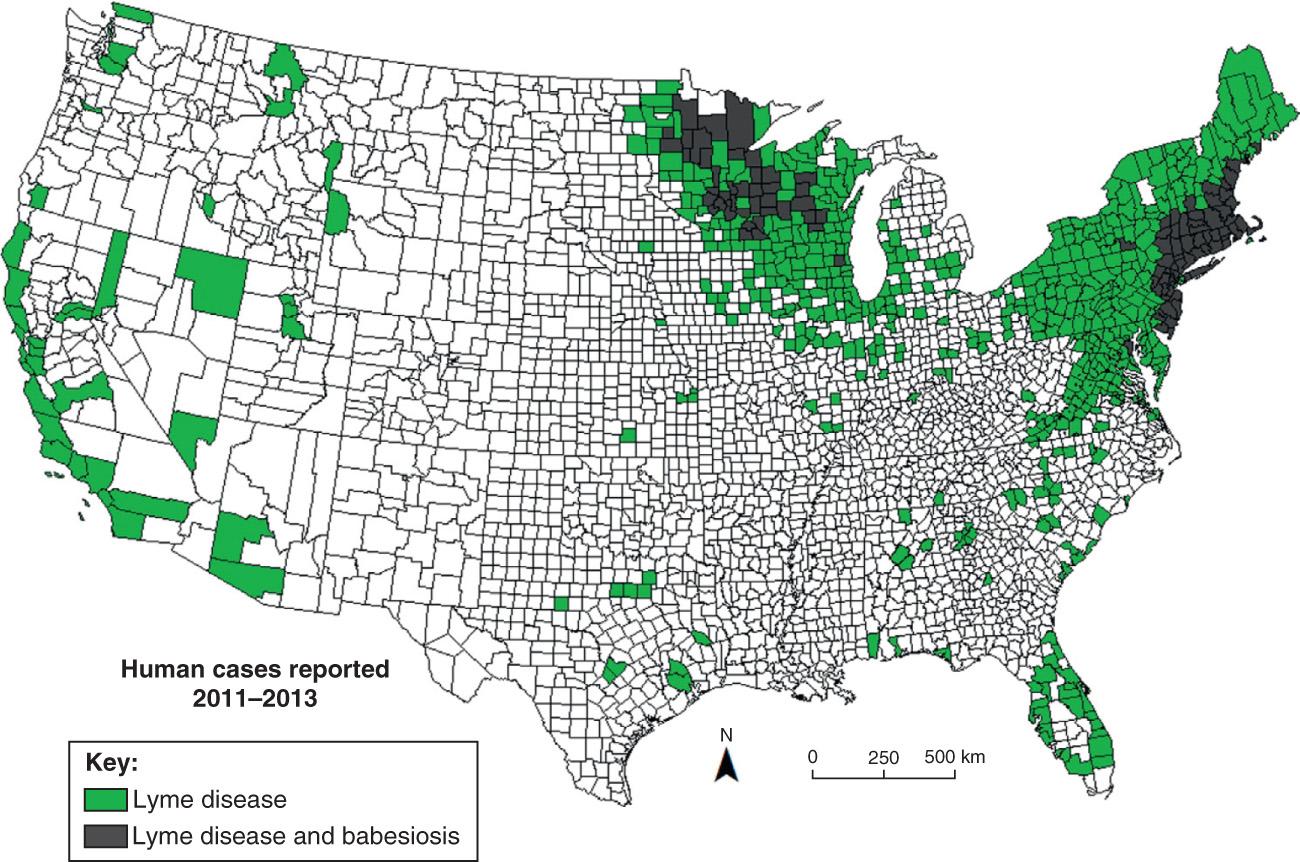Physical Address
304 North Cardinal St.
Dorchester Center, MA 02124
Babesiosis is a malaria-like disease caused by intraerythrocytic protozoa that are transmitted by hard body ( ixodid ) ticks. The clinical manifestations of babesiosis range from subclinical illness to fulminant disease resulting in death.
More than 100 species of Babesia infect a wide variety of wild and domestic animals throughout the world. Only a few of these species have been reported to infect humans, including Babesia crassa -like pathogen, Babesia divergens, Babesia duncani, Babesia microti, Babesia venatorum, and Babesia sp. XXB/HangZhou, and KO1.
Babesia organisms are transmitted to humans from vertebrate reservoir hosts by the Ixodes ricinus family of ticks. B. microti is the most common cause of babesiosis in humans. The primary reservoir for B. microti in the United States is the white-footed mouse, Peromyscus leucopus , and the primary vector is Ixodes scapularis , the black-legged tick. I. scapularis ticks also transmit the causative agents of Lyme disease , human granulocytic anaplasmosis, Borrelia miyamotoi infection, Ehrlichia muris –like agent ehrlichiosis, and Powassan virus encephalitis and may simultaneously transmit 2 or more microorganisms. White-tailed deer (Odocoileus virginianus) serve as the host on which adult ticks most abundantly feed but are incompetent reservoirs. Babesiosis may be transmitted through blood transfusion, and B. microti is the most frequently reported transfusion-transmitted microbial agent in the United States. Rarely, babesiosis is acquired by transplacental transmission.
In the United States, human B. microti infection is endemic in the Northeast and Upper Midwest ( Fig. 315.1 ). Most cases occur in June, July, and August. B. duncani infects humans along the Pacific coast. B. divergens –like infections have been described in Kentucky, Missouri, and Washington State. In Europe, human babesiosis caused by B. divergens, B. microti, and B. venatorum occurs sporadically. In Asia, B. venatorum is endemic in northeastern China. Cases of B. microti infection have been described in Taiwan, mainland China, and Japan. Cases of Babesia crassa and Babesia sp. XXB/HangZhou have been reported in China and KO1 in Korea. Human babesiosis also has been documented in Africa, Australia, Canada, India, and South America.

In certain sites and in certain years of high transmission, babesiosis constitutes a significant public health burden. On Nantucket Island, case rates as high as 280 per 100,000 population have been recorded, placing the community burden of disease in a category with gonorrhea as “moderately common.” Comparable incidence rates have been described elsewhere on the southern New England coast.
Become a Clinical Tree membership for Full access and enjoy Unlimited articles
If you are a member. Log in here